Soil Microbial Ecology |
||||||||
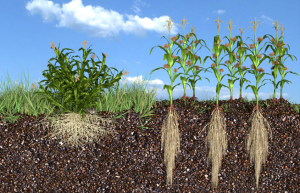 |
Consequences of Plant Breeding on the Maize MicrobiomeAlonso Favela and Sierra Raglin Agricultural advances that were introduced in the Green Revolution, particularly crop breeding and the application of nitrogenous fertilizers, have impacted the performance of rhizosphere microbiota in select maize genotypes. Consequences of these practices could bring the maize microbiome to a state that is potentially less agriculturally sustainable. Much of Alonso and Sierra’s work is identifying the significant factors in the recruitment of the maize rhizosphere microbiome. They predict functional pathways present in this region by quantifying the microbial functional genes and processes related to nitrogen cycling specifically. This research shows that plant microbiomes may be driven by genetics or by changing nutrient environments. |
|||||||
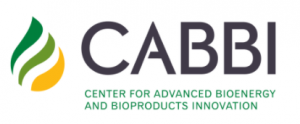 |
Plant-Soil-Microbe Interactions in Bioenergy Cropping SystemsAll CABBI affiliates: Niuniu Ji, Di Liang, Sierra Raglin, Danyang Duan, and Rachel Waltermire Our main objective within the Center of Advanced Bioenergy and Bioproducts Innovation (CABBI) is to improve our understanding of plant-microbial interactions and how they influence ecosystem-level processes within bioenergy agroecosystems. The Sustainability Theme of CABBI also focuses on how ecosystem services from these plants relate to Carbon and Nitrogen biogeochemistry. The goal is to develop ecologically and economically sustainable bioenergy and bioproduct markets, even with our limited availability to predict productivity and ecosystem service production potential across varying feedstock types, soil types, climatic regions, and management practices. The CABBI Sustainability Theme uses a data-driven and integrated modeling framework to support the ecologically and economically sustainable displacement of fossil fuels, by investigating the technological and economic pathways to a resilient bioeconomy. |
|||||||
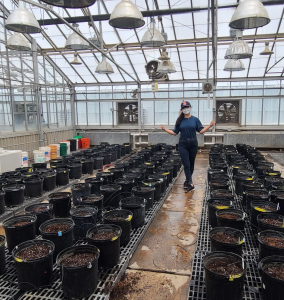 |
Microbiome of Illinois High/Low Protein LinesThis project is part of an ongoing study to examine how proposed changes in plant nutrient use efficiency alter the recruitment of the microbiome and its functions. This experiment uses IHP and ILP maize lines as model systems for proposed bioenergy crops with altered nutrient uptake and allocation. |
|||||||
|
|
Nitrogen Cycling in MiscanthusBy collecting plant, root, and soil samples, we are able to examine and interpret Nitrogen cycling activities such as N2 fixation, nitrification, and denitrification associated with Miscanthus. Current goals with this work include 1) finding the most appropriate methods to measure N2 fixation and 2) comparing the sustainability of Nitrogen cycling across various Miscanthus genotypes. |
|||||||
Past Research Projects |
||||||||
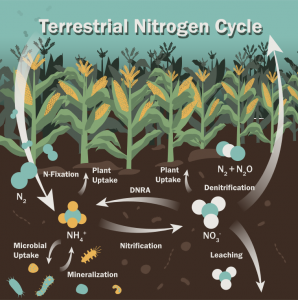 |
Nature vs. Nurture: Biological and Environmental Controls on Dissimilatory Nitrate Reduction to Ammonium in Illinois Agricultural SoilsDissimilatory nitrate reduction to ammonium (DNRA) is a microbially-mediated process instrumental to the regulation of ecosystem nitrogen (N). By converting nitrate to ammonium, DNRA reduces N loss via nitrate leaching and competes with denitrification to decrease gaseous dinitrogen and nitrous oxide losses. In a preliminary study, Sada and peers found that upland soils exhibited DNRA rates high enough to represent an important N-retention process. They are now evaluating the relative importance of biological vs. environmental controls on DNRA activity in soils from agricultural field trials in Urbana, Illinois. To characterize the role of biological factors in regulating these rates, they are using Illumina sequencing and qPCR on DNA and mRNA to assess community composition and gene abundance. To characterize the role of environmental conditions, they used 15N-based techniques to measure rates of DNRA and related N-cycling processes across a range of moisture and NO3– levels. Work is underway to identify if the taxa performing DNRA differ across the range of moisture tested. |
|||||||
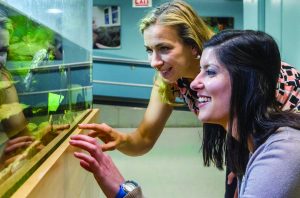 |
Using Microbiology to Protect the Western Pond TurtlePopulations of the Western Pond Turtle have been facing declines in recent years due to a shell fungal disease that decomposes the shell’s keratin, causing ulcers to form. Several zoos have implemented “head start” habitats, where babies can hatch and grow large enough to be released back into the wild. However, due to frequent water changing and disinfection, microbial communities that have been protecting the turtle’s shells from pathogens cannot sustain themselves in these head start environments. A large part of Monique’s research includes comparing the host-associated and environmental microbiomes between natural habitats and conservation-rearing habitats in zoos or aquaria. Her research shows that managing the microbiome is an important aspect of maintaining animal health. |
|||||||
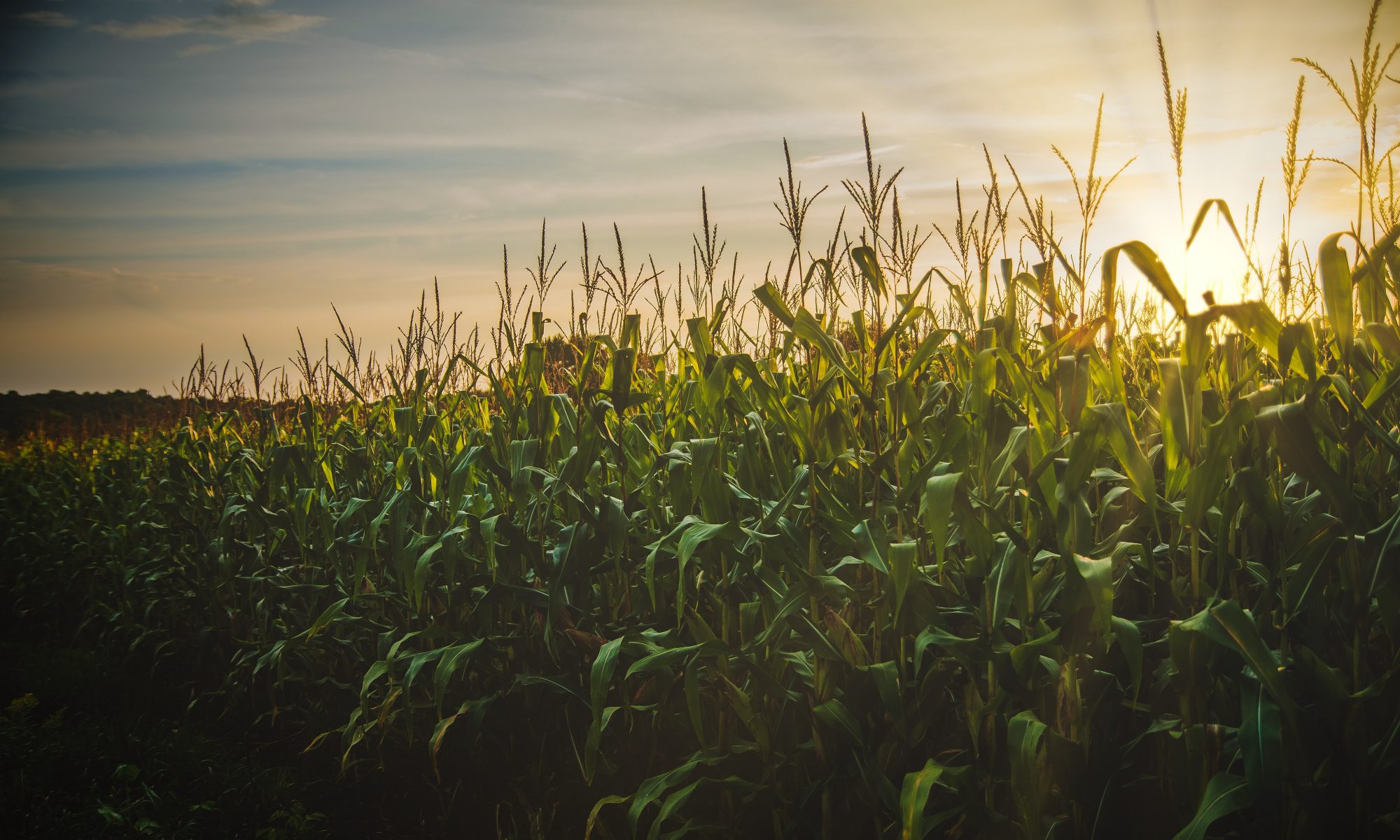
Microbial Ecology Research at the University of Illinois at Urbana-Champaign
